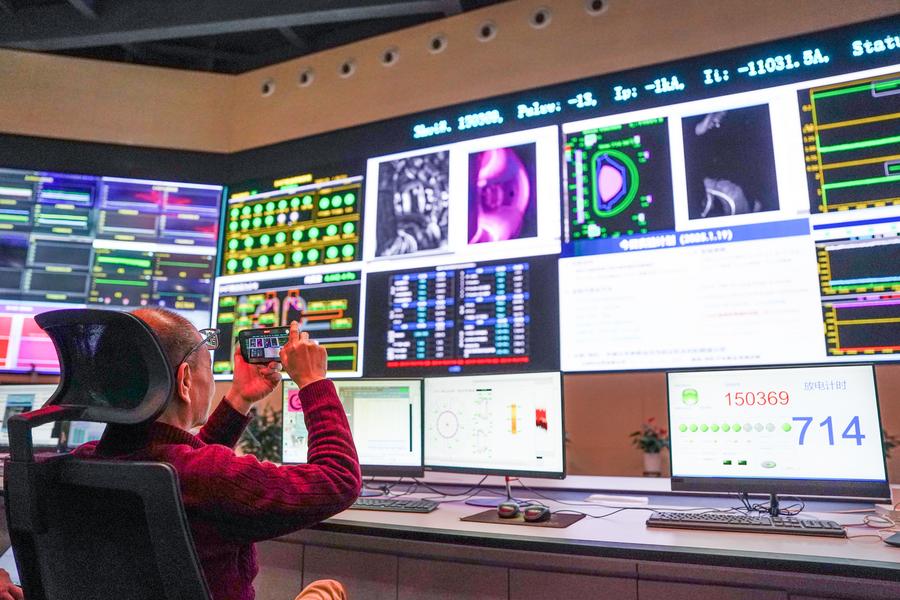In recent years, EAST has continuously achieved groundbreaking milestones in the high confinement mode, which serves as the fundamental mode for experimental fusion reactors, including ITER and the future China Fusion Engineering Test Reactor (CFETR).
China’s Experimental Advanced Superconducting Tokamak (EAST), known as the “artificial sun,” has set a new world record this monday by maintaining high-confinement (H-mode) plasma operation for 1,066 seconds, surpassing its previous record of 403 seconds back in 2023.
The milestone, achieved by the Institute of Plasma Physics under the Chinese Academy of Sciences, marks a significant step toward fusion power generation, which aims to replicate the sun’s nuclear fusion to provide clean, limitless energy.
Fusion research requires temperatures exceeding 100 million degrees Celsius, long-term stability, and controllability. Song Yuntao, ASIPP director, highlighted that stable operation for thousands of seconds is crucial for self-sustaining plasma circulation and future power generation.
EAST has upgraded systems, including doubling its heating power, to achieve this breakthrough. Since 2006, EAST has served as a global platform for fusion research. China, a key member of the International Thermonuclear Experimental Reactor (ITER) project, contributes about 9% of its construction and operation.
EAST’s achievements in H-mode provide valuable insights for ITER and China’s future Fusion Engineering Test Reactor (CFETR).

